What Is Mother of Pearl? A Simple Guide To The Main Types & Species
Mother Of Pearl exists in many species of mollusks and their shells. This includes bivalve mollusks like Oysters and gastropods like abalones. Put simply, mother of pearl is the layers of nacre on the inside of the shell. But those layers of nacre are also used as a protective process against intruders inside the shell. The most common "irritant" intruder is a fine grain of sand. Over a period that can last up to 3 or 4 years, the mollusk will wrap the irritant in successive layers of nacre, forming a "pearl" shaped structure which is no longer irritant.
Pearl farmers, most famously in Western Australia and Tahiti, have mastered the art of manually introducing the irritant into the live oyster, with the hope of triggering the secretion of perfect shaped pearls.
Nacre is made from layers upon layers of secreted "Calcium Carbonate" mixed with a minimal percentage of other organic material and 2% to 3% of water. An incredible richness and iridescent colours result from the light reflecting across several layers of nacre. Colour tones and iridescence vary greatly from one species to the next, and even between specimens of the same species.
Mother Of Pearl's Natural History: How Ancient Are These Creatures?
Fossil records have shown that mollusk classes, families and species started their evolution processes circa 500 Million years ago. (Source: Wikipedia) In other words they are some of the very most ancient living creatures on the planet! They could easily outlast humans, if we don't over fish them.... Biological studies have found that some shell features would have had many different evolution paths, each one possibly taking millions of years.
Once the mollusk has died, ocean shells can remain intact for thousands of years without becoming fossilised: Mother of Pearl is indeed a very hard and resilient material.
Mother of Pearl Families and Species
1. In The Marine Bivalve Mollusks, we find the Western Australian White Mother Of Pearl (MOP) , the Indonesian White MOP, and the Tahitian Black MOP, to name just the most famous.
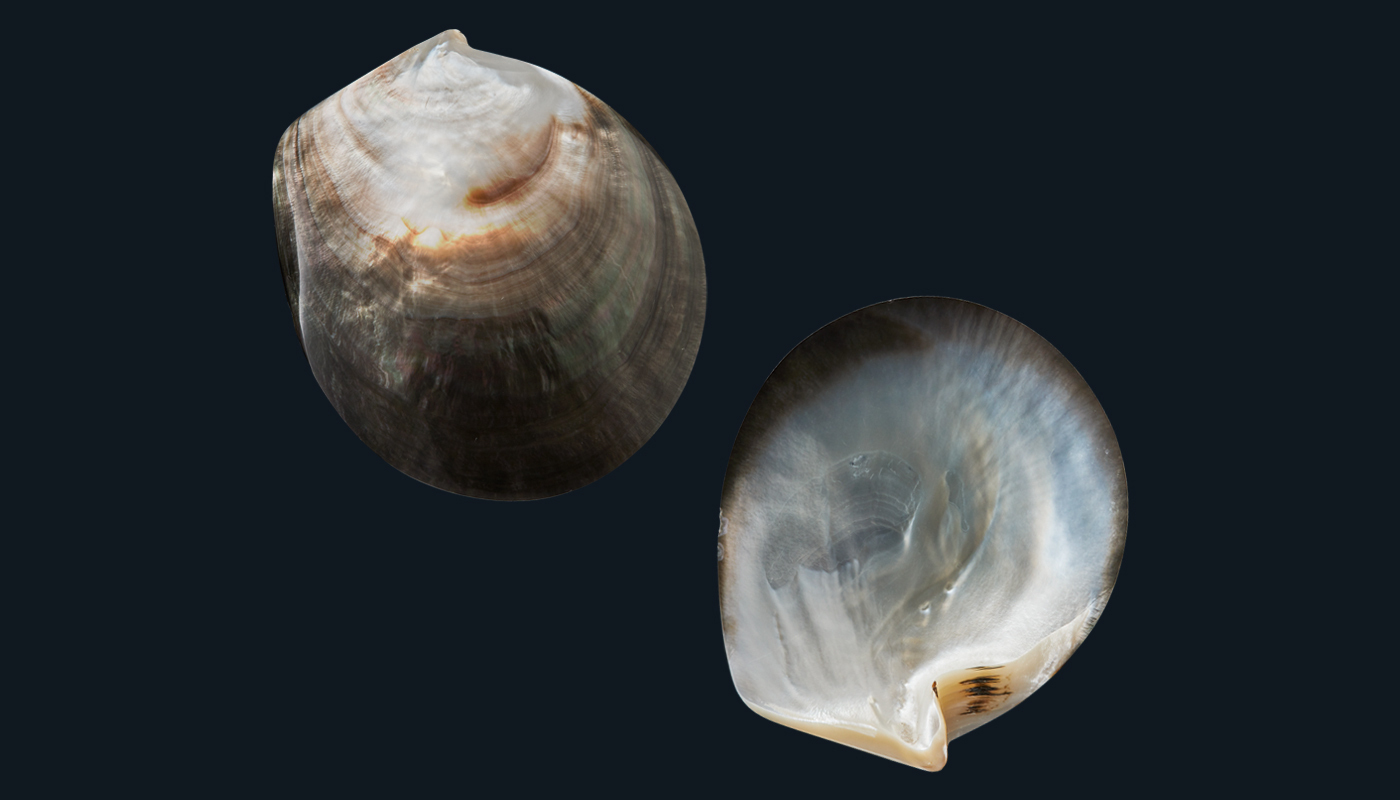
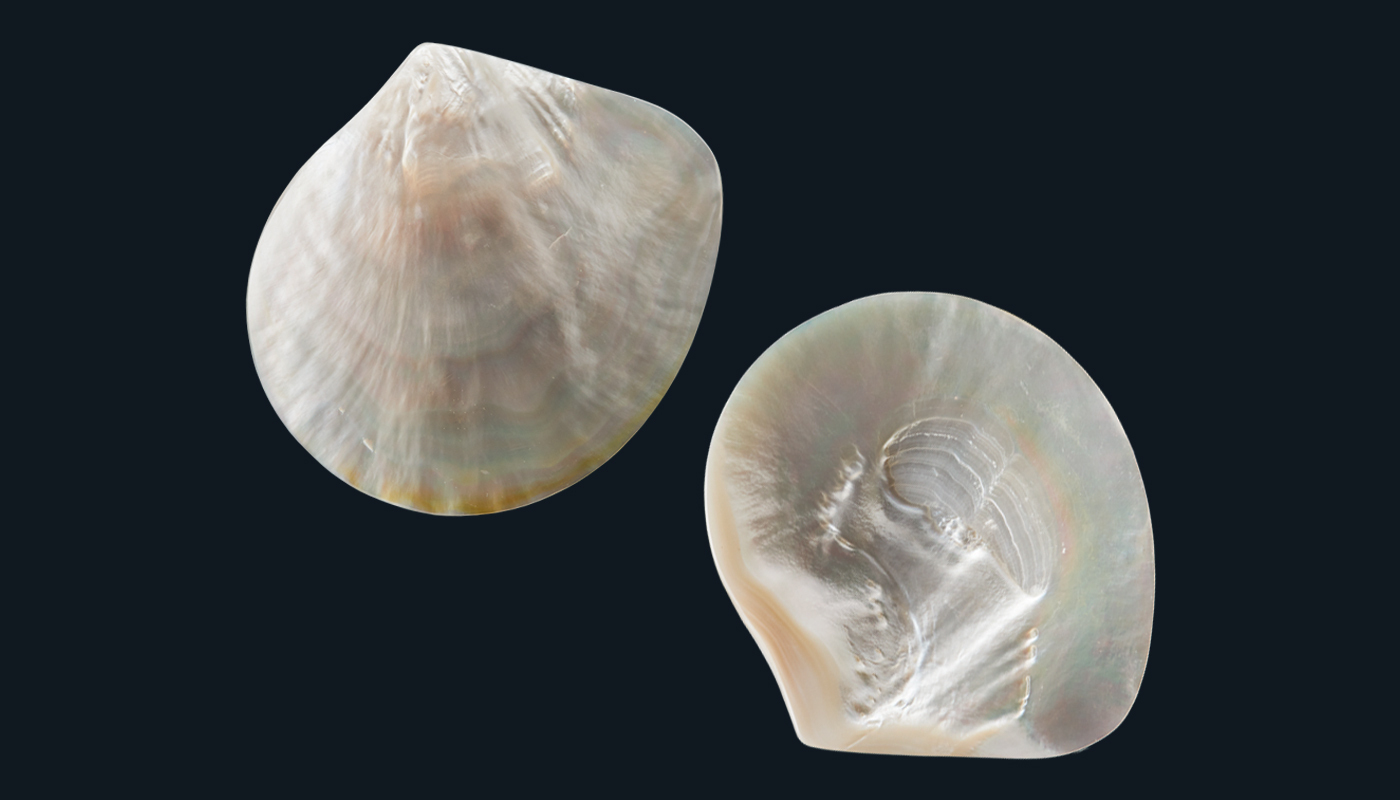
2. The widespread abalone species are the iconic representative of the Gastropod Marine Mollusks. Spectacular and very unique colours have set the New Zealand Species apart and made it famous world wide.
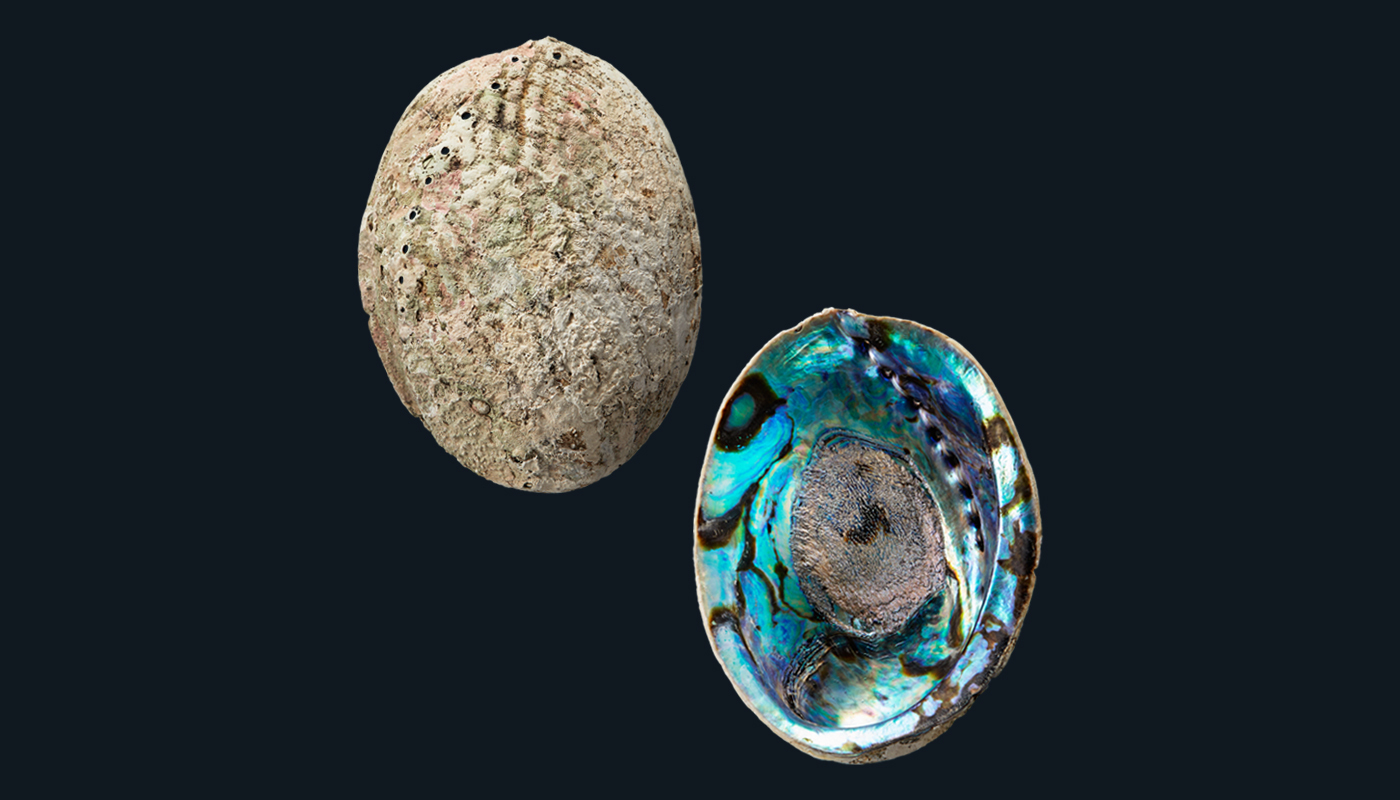
3. Fresh Water Mussel group comprises a great variety of species. The Pink Mussels of The Mississipi River are a favorite among Indian jewelers!
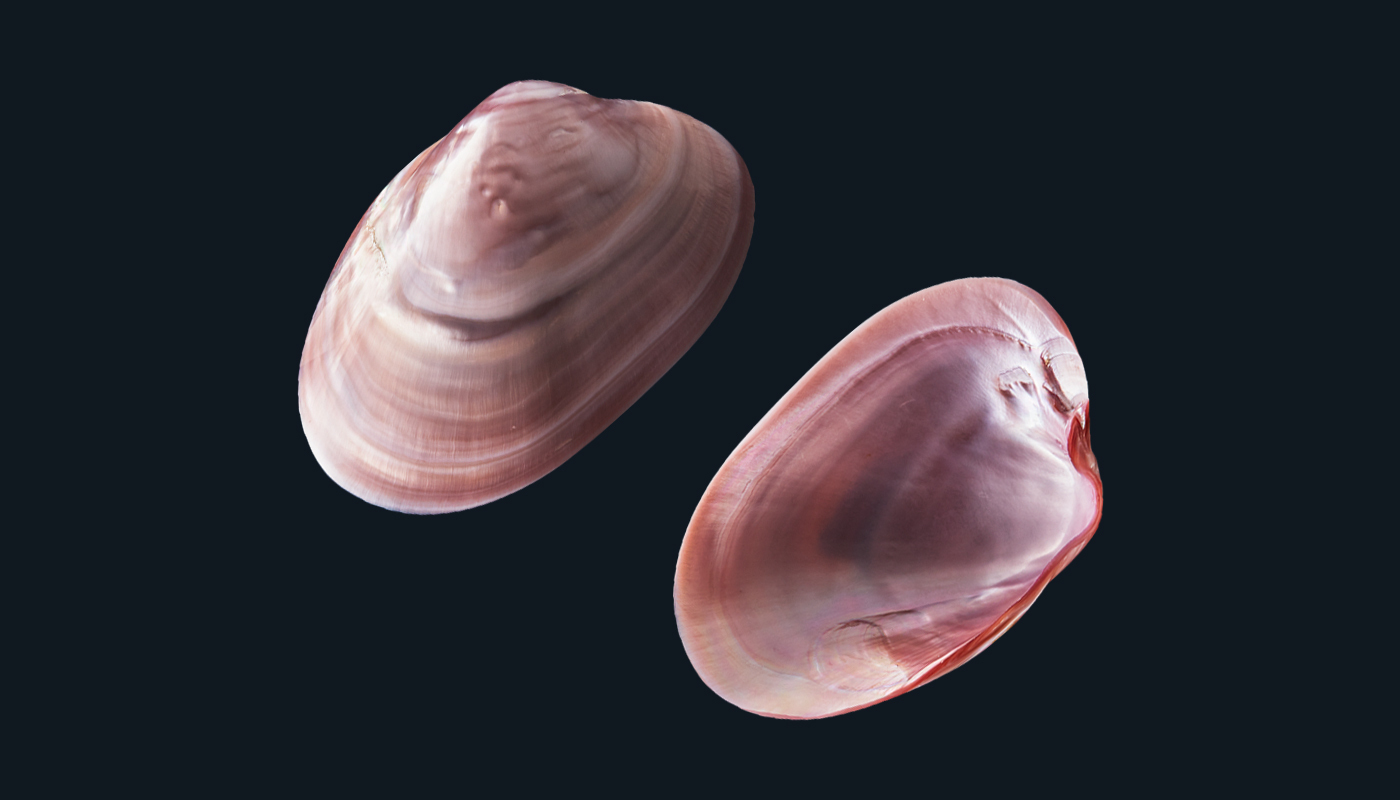
Mother Of Pearl In Ancient And Modern Cultures
Ancient Egyptians had a real eye for the use of Mother Of Pearl in silverware. In Chinese cultures, the use of Mother of Pearl for ornamental purposes can be traced back to 1600 BC. American Indians traded MOP in various forms.
In more modern times, diving for white MOP started in Western Australia in 1850 (Source -Wikipedia) A century ago, in the era of pocket watches, MOP was synonymous with ultimate luxury (Source: Report commissioned by Lumea From NZTE). Today, white MOP is found in watch dials and various parts of luxury watches
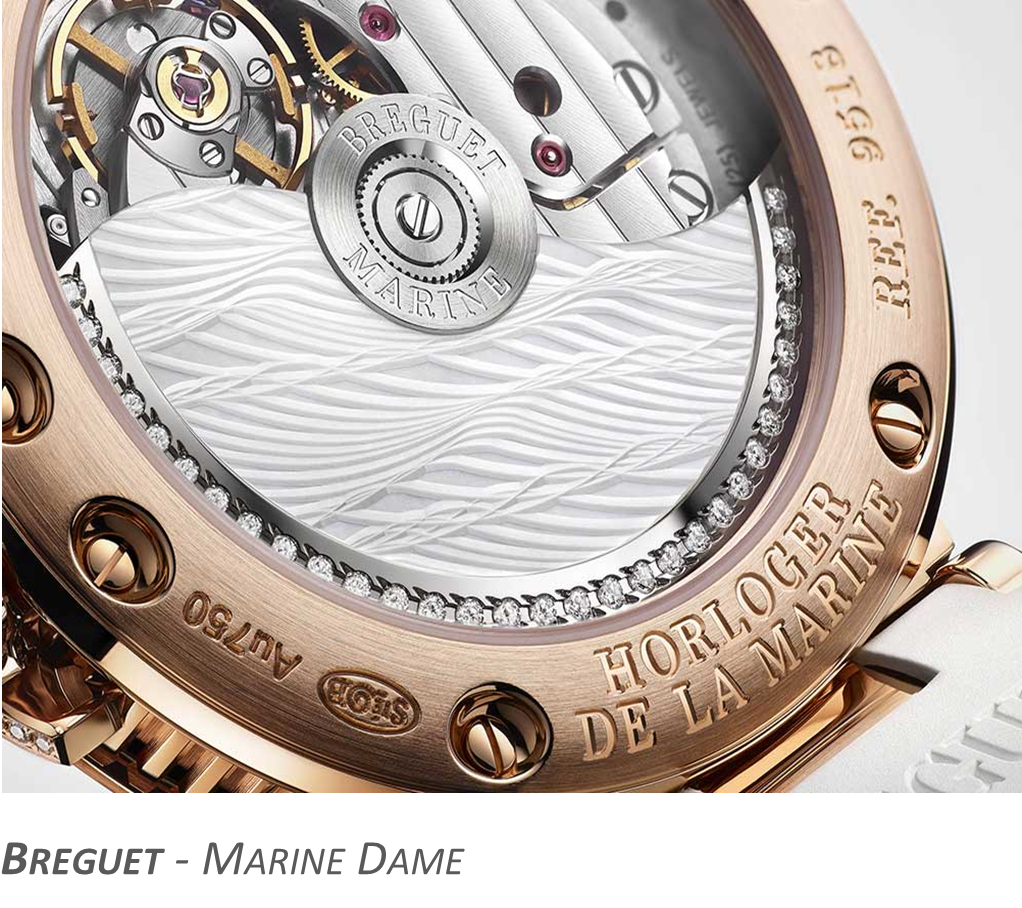
The first black mother of pearl farm was created in 1968 in Tahiti. The button industry had been sourcing shell from Tahiti, right back in the 1800's.
Pearl farming in Australia and Japan was born in the 1910s, with a Japanese method of grafting an "Irritant" inside the farmed oyster shell to obtain the precious white pearls. In 1961, this method was used by a Japanese grafter for the first time in a Tahiti "black oyster" farm, kick-starting the famed black pearl industry.
Tell us about your project...
Your project is unique, so we provide personalised advice before delivering worldwide from our studio in New Zealand.
Luméa products are made from natural shell with a variety of factors that affect form and function. If you can’t find the right product from within our range, then talk to us about our custom design service. We love to experiment and collaborate with our partners to create unique solutions.